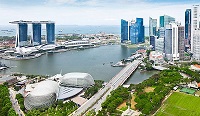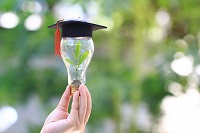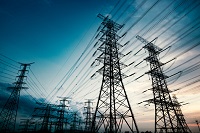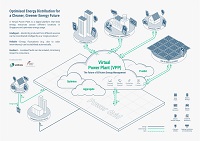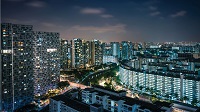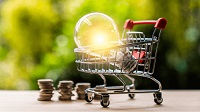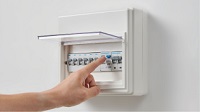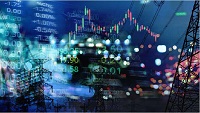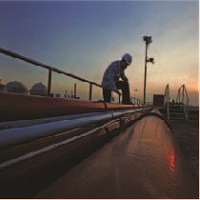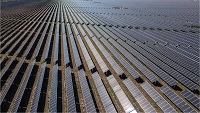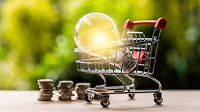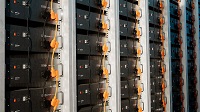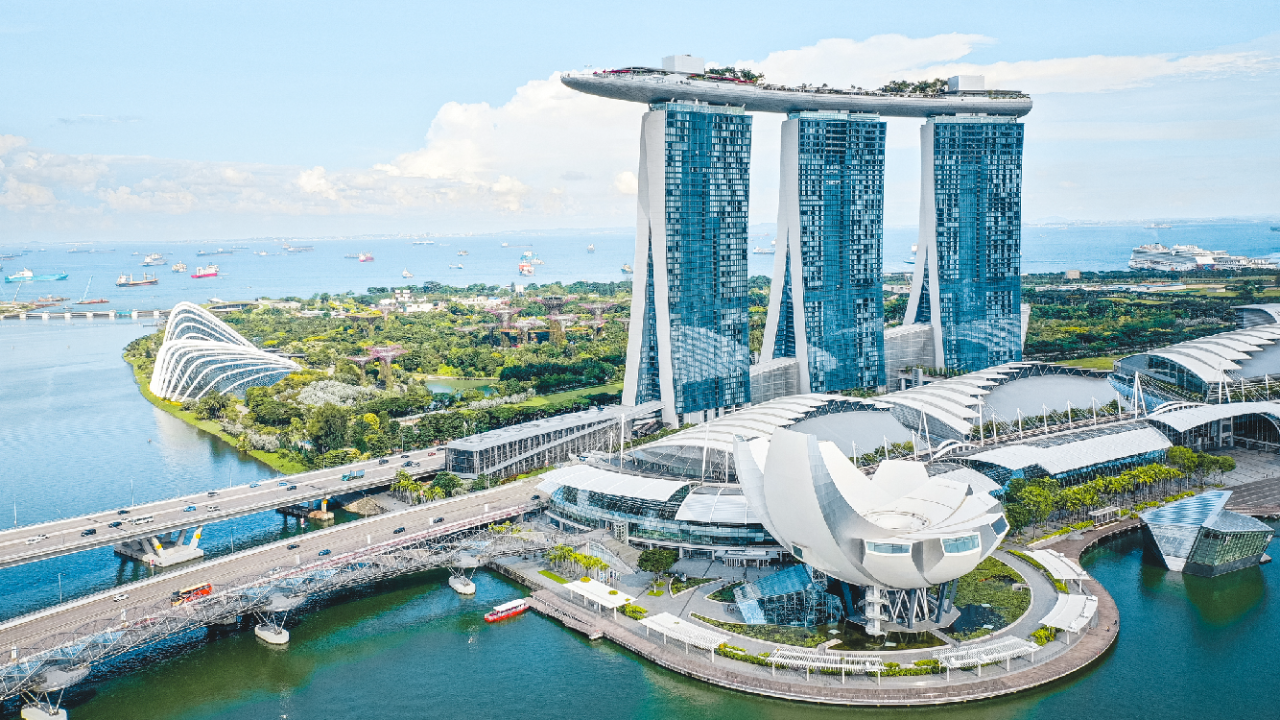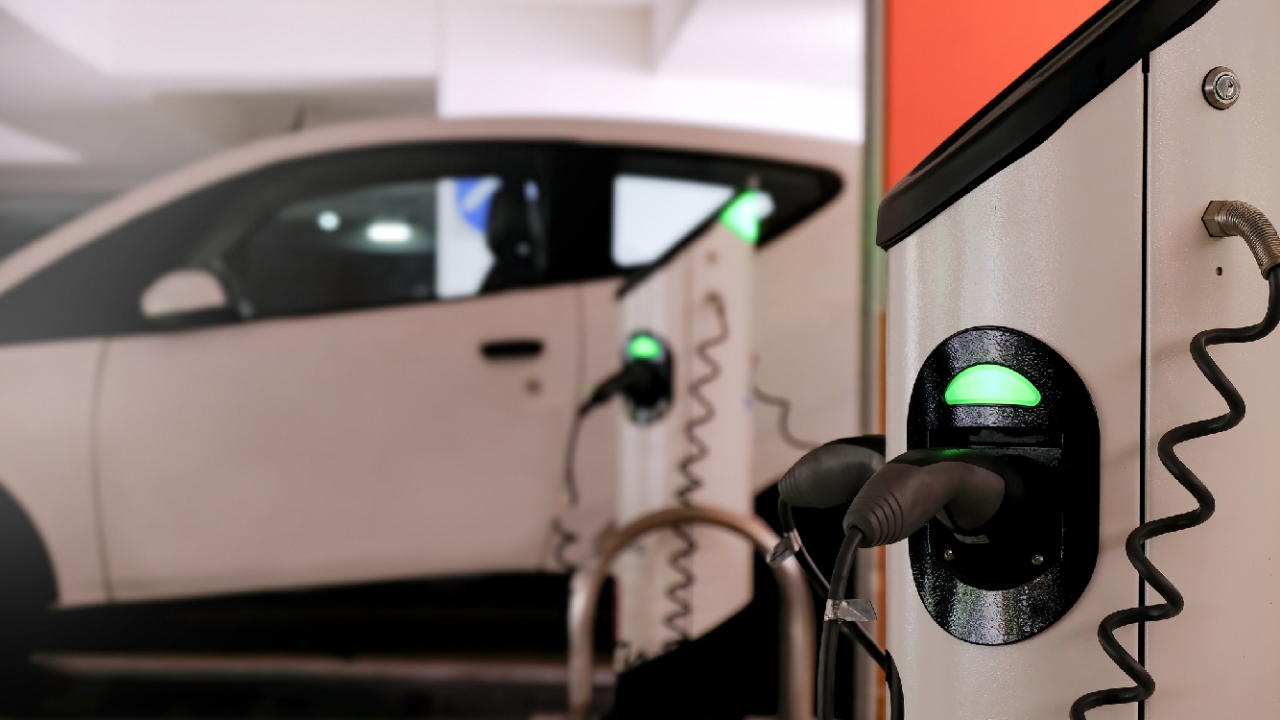Going the Distance with Singapore’s Energy Transition
Since the launch of Singapore’s “4 Switches” Energy Story in 2019, we have made significant strides in creating a more sustainable energy future. At the Singapore International Energy Week (SIEW) this year, we announced the progress we had made – achieving milestones in our targets for solar and electricity imports. We also updated on developments in ammonia solutions for power generation, plans for a second liquefied natural gas (LNG) terminal and a new gas procurement framework.
Beyond the progress with the “4 Switches“, there are initiatives in how everyone can play their part in conserving electricity and the next phase of enhancing reliability for our power grid.
Earning rewards by saving electricity
Energy conservation requires active effort. Just count the number of times you would enter a room, switch on the lights, and leave the room.
A new initiative that was announced at SIEW this year will empower consumers in electricity conservation and consumption. Targeted to be launched by second half of 2024, a Residential Demand Response (R-DR) programme by EMA and the SP Group (SP) will enable both residential and non-residential consumers that have smart meters to reduce electricity consumption during peak periods and get rewarded for doing so.
The programme will use the SP mobile application (SP app) to send alerts to participating households to temporarily reduce or defer their electricity consumption. Participants will in turn receive benefits such as financial rewards. Details will be released when ready in 2024.
Energy conservation plays a critical role in managing the energy supply and demand in Singapore, helping to keep the nation’s power system running smoothly and more efficiently.
Some tips for energy conservation include:
- Setting the temperature to 25°C or above when using the air-conditioner
- Air-drying your clothes instead of using a dryer
- Skipping the water heater and taking a cold shower when the weather is hot and sunny
- Switching off unused appliances at the socket
Leveraging power from Electric Vehicles to meet electricity demand for Singapore
Power banks are a common accessory for most of us today, to power up our mobile devices on-the-go. Electric vehicles (EVs) will soon have the capabilities to serve as ‘power banks’ for Singapore’s energy system to help meet the nation’s electricity peak demand.
A vehicle-to-grid (V2G) programme led by transport operator Strides will involve 15 commercial vans and 10 V2G-enabled EV chargers. This will be test-bedded in the Punggol region for the next three years.
V2G technology transforms EVs from just transport vehicles into mobile energy-storage units. When an EV is fully charged, its battery often has more power than it needs for regular driving. This extra energy can help to keep the power system stable especially when the demand for electricity is high. With the right charging systems in place, EVs can both take in power to charge themselves and give back excess power to the electricity grid when needed.
When the V2G technology is commercialised, EV users who participate in V2G programmes might also have the chance to earn rewards by selling the extra energy stored in their car's battery to the grid. These rewards may come in the form of payments, credits on energy bills, or reduced EV charging costs.
V2G technology enable EVs to share their unused battery capacity with the grid, helping fill gaps in renewable energy generation that can be unpredictable. This enhances our power grid reliability and will go a long way to support Singapore’s aim of achieving net-zero emissions by 2050.
Find out more about the announcements made at SIEW 2023 here.
